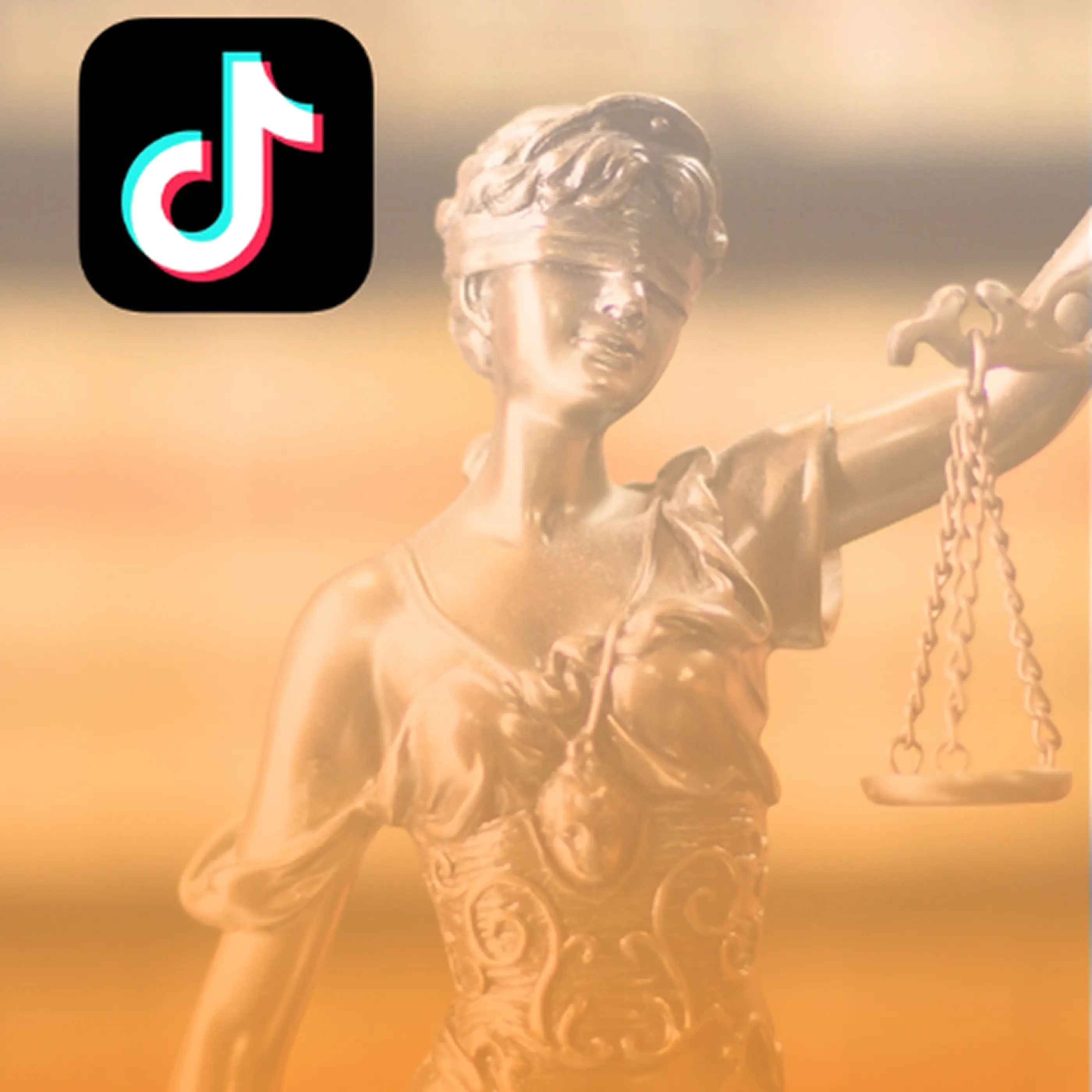MUSIC LICENSING RIGHTS: THE USE OF OLD MUSIC IN TIMES OF CRISIS
Nostalgic ’60s and ’70s music can powerfully connect with audiences during crises. Many brands use these tracks, but licensing can be complex so early planning and backup options are key.
Contributors



During these turbulent times, advertisers face tough choices. The default response for some will be to “pull up the drawbridge”, namely cut all discretionary spend including marketing. It’s easy to understand the financial imperative behind such actions. In contrast, as we saw during the 2008 crisis, smart CMOs know that it’s more important than ever to invest in their brand when consumers are anxious or even suffering. History shows that, through human resilience, all crises eventually end, often with positive societal changes on the other side. Brands that hold their nerve stand to benefit when the good times return, albeit with changed circumstances.
Against this backdrop, music has a role to play for advertisers who keep the faith. Consumers need reassurance in adversity. Faced with a constant barrage of negative news stories, people need a little light relief, some comfort in the familiar, reminiscent of better days gone by when life was simpler. With this in mind, older back catalog songs, from the 60s and 70s are a useful tool to engage audiences. This is still true despite most consumers’ purchases being focused solely on essential products right now rather than big-ticket items.
Our music licensing experts are APR have spotted a trend that we expect will increase during the months ahead. Adobe chose a contemporary cover of “What The World Needs Now”, originally from 1965 for their “Honor Heroes” spot. Another cover, “What A Wonderful World”, originally from 1960, soundtracks Soda Stream’s “Better For Our Home” campaign. Jeep chose an original artist recording from 1965, “I Got You Babe” by Sonny & Cher for their “Stay Off The Road” spot. A particularly rousing example is Nike’s piano/orchestral arrangement score to “Never Too Far Down” which incorporates extracts of David Bowie’s song “Life On Mars” from 1971.
Of course, all marketers will need to carefully consider the appropriateness of advertising during this period. Such decisions will, to some extent, be sector-specific. For those that continue campaign activity, back catalog songs can be reassuring, providing a brief moment of respite whilst helping remind consumers that strong brands stick around even during the toughest of times.
WHAT DOES THIS MEAN FOR MARKETERS?
Music catalogs containing older songs and recordings may have changed hands over the years through acquisitions. Titles that currently sit inside major music corporations (Universal, Sony, Warner) may have started life in small family-run businesses. In between, contracts may have been lost and the creators may have died leaving behind disparate estate members with divergent agendas. This can result in a more complex clearance process and refusal by licensors to provide proper license warranties and indemnities to licensee advertisers.
BEST PRACTICE
- Start early – build in sufficient time for clearances in your production schedule.
- Have backup tracks – in case clearance can’t be secured for the first choice track.
- Expect the unexpected – claimants may “come out of the woodwork”, especially concerning vocal consents and residuals for old recordings. Alert in-house counsel from the get-go as the brand may need to accept higher levels of risk.
Finally, be prepared for high license fees, especially where demand for classic feel-good tracks is strong.
Richard Kirstein
Richard Kirstein is the Music Rights Management Consultant at APR and author of Music Rights Without Fights, an essential reference book for marketers and marking procurement professionals. Music Rights Without Fights empowers advertisers to understand how music rights work, learn about key cost drivers and how to control them, identify risk and how to reduce it, improve bargaining positions, secure smarter deals and build sustainable relationships.
We help advertisers like you optimize the way you produce content
Reduce costs, streamline production processes, and maximize your returns with the help of our expert advisors
Ready to make the most out of your content supply chain?
Reduce costs, streamline production processes, and maximize your returns with the help of our expert advisors
You might also like
Want to learn more?
Get valuable strategy, culture, and brand insights straight to your inbox.
By subscribing you agree to with our Privacy Policy and provide consent to receive updates from our company.

.webp)
.webp)
.webp)
.webp)
.webp)
.webp)
.webp)
.webp)

.png)
.webp)

















.webp)












